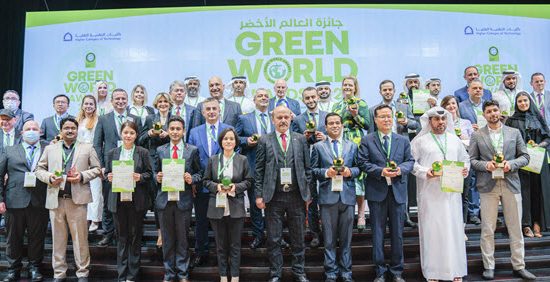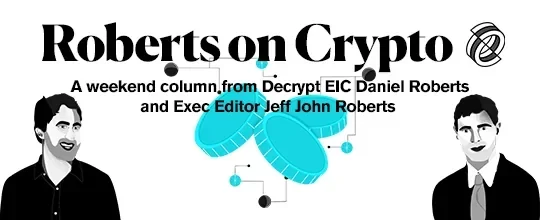Facing the prospect of another sharp fall in oil prices, Opec has finally put forward a measure that they hope will keep a floor on oil prices until the next demand season arrives, said Barclays in a new report.
Based on media reporting, Opec plans to appoint a committee to iron out production cuts and baseline levels, and some ministers are circulating a production level of 32.5-33.0 million barrels per day (mb/d).
“We assess Opec’s crude output at roughly 33.0 mb/d in August. We expect production to fall to 32.9 mb/d in November. A cut to the stated low end of the range would imply a 400,000-500,000 barrels per day (kb/d) cut from current levels and from our baseline assumption for November, if achieved,” Barclays said in the report.
Refinery turnarounds in November-December will also likely remove the need for more wellhead output and enable crude exports to remain at 7.2-7.5 mb/d. Angola is also undergoing field maintenance in September and October, so will see output at least 200 kb/d lower.
“Essentially, this agreement is, in our view, no more than yet another last ditch effort to kick the can further down the road and preclude market participants from positioning short during the coming shoulder season. This action will help Opec keep those shorts on the sidelines until November, when winter-related demand will return and the prospect of market balancing is in further focus,” the report said.
Despite remaining uncertainty, the agreement still matters and bears a resemblance to the late 1990s. It matters because it signifies that despite the Saudi/Iranian geopolitical tension, oil policy was able to remain separate from the broader political issues, for now at least. The experience has uncanny similarities to the Saudi/Venezuela agreement of the late 1990s. In that case, Venezuela, like Saudi Arabia and Iran, was trying to attract investment.
Also, the Iranian minister in charge then was none other than the current Iranian oil minister, Bijan Zanganeh. Opec may have been in hibernation for the past two years, but it is certainly not dead, nor should one assume that it cannot exert influence over a market, especially one where positioning has moved to extremes.
Of course, there are reasons to remain cautious, primarily because the devil is in the details. The next steps include establishing a high-level committee to “study and recommend the implementation of the production level”, which would develop a framework of consultations between Opec and non-Opec oil-producing countries.
Several points remain unclear: when the agreement would come into effect, which sources (primary or secondary) are used to verify compliance with the agreement, how long the agreement will remain in effect, and whether the agreement goes into effect only if non-Opec producers sign on or whether it is effective irrespective of what select non-Opec producers say.
Certain countries would receive an exemption from the freeze agreement. Earlier today, Iran’s Minister Zanganeh noted his request for an exemption from the freeze until its output is at 4 mb/d, but there is still no clarity on whether it would have an exemption until it reaches its 12 per cent of Opec market share, which would take its production to 4.3 mb/d.
“We assess its output at roughly 3.8 mb/d. Nigeria and Libya would also receive an exemption. Further, following today’s meeting, the Iraqi oil minister rejected Opec’s secondary sources oil output estimate, which is the first sign that cracks are already appearing in deciding which producer cuts and by how much,” Barclays said. – TradeArabia News Service






